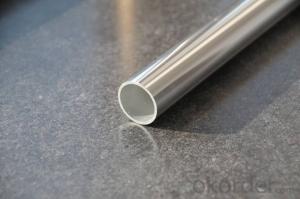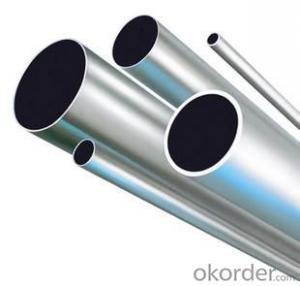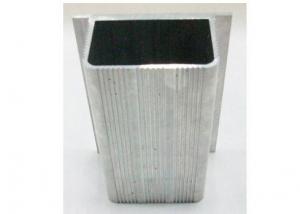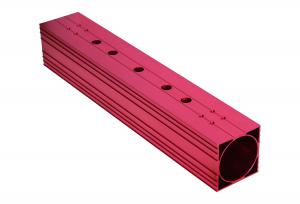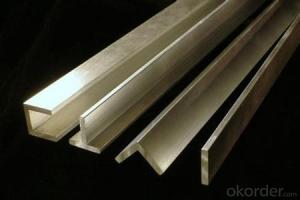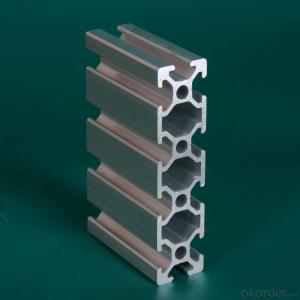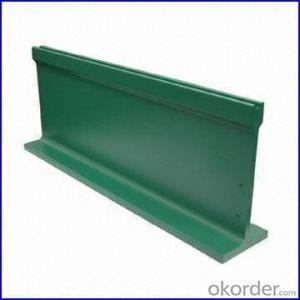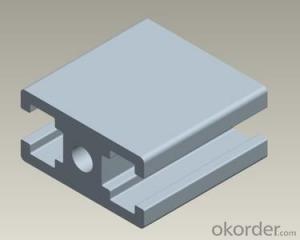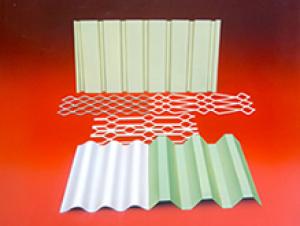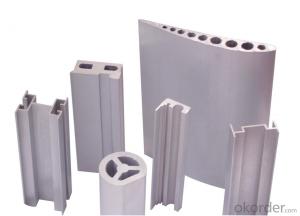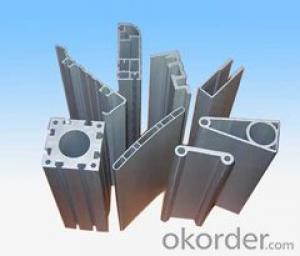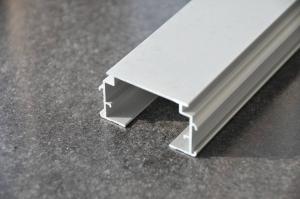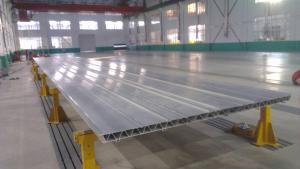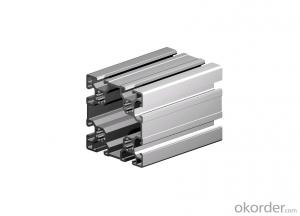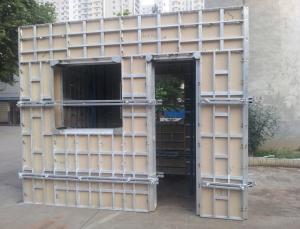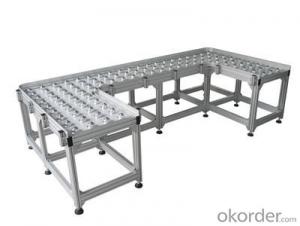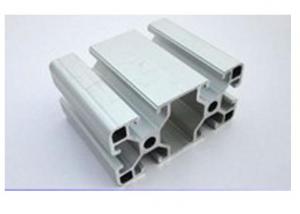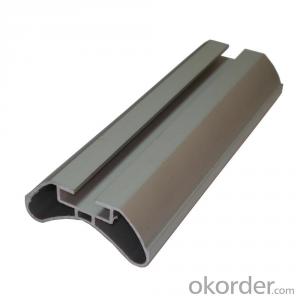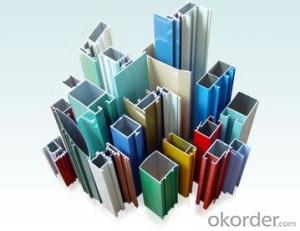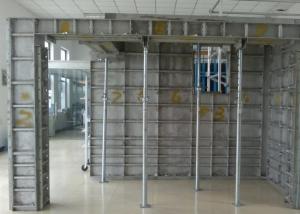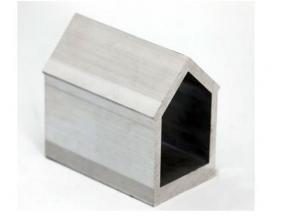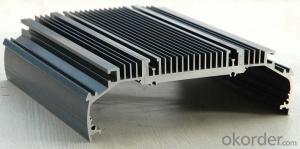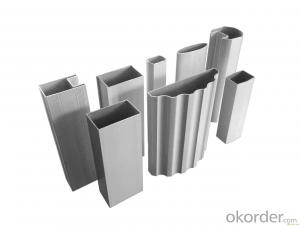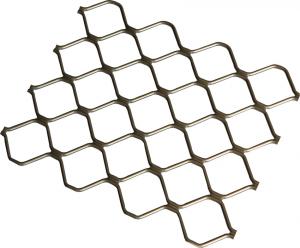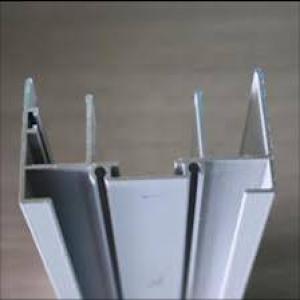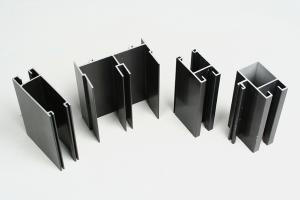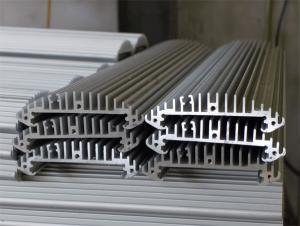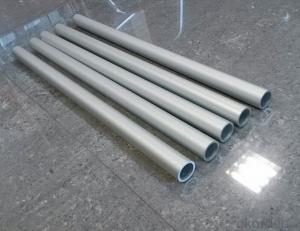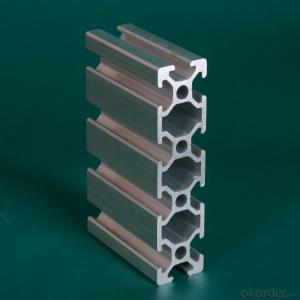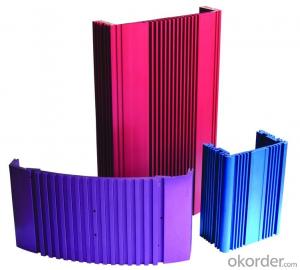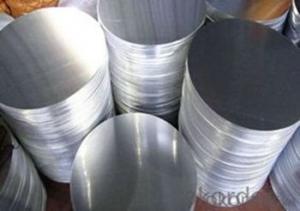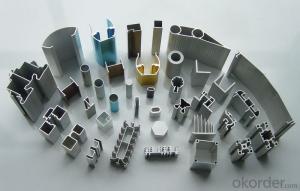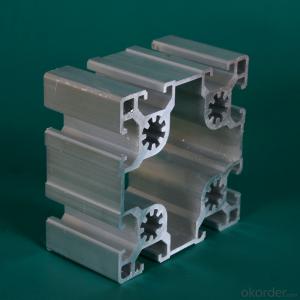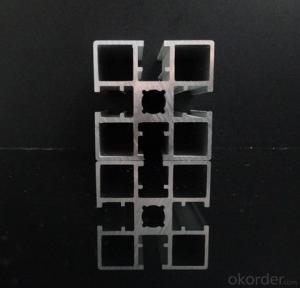Aluminum Extrusion Shapes
Aluminum Extrusion Shapes Related Searches
Aluminum Extrusions Stock Shapes Aluminum Extrusions Extruded Aluminum Stock Shapes Aluminium Extrusion Aluminum Extrusion Framing Aluminum Extrusion Shapes Stock Aluminum Extrusion Plate Stock Aluminum Shapes Aluminum Extruded Tubing Bosch Aluminum Extrusion Extruded Aluminum Plate Extruded Aluminum Beams Aluminum Extrusions Stock Plastic Extrusion Profiles Extruded Aluminum Rail Aluminum Extrusion Stock aluminum extrusion process flow chart Extruded Aluminum Track Profile Extrusion Forming Aluminum Plate Cold Forming Aluminum Aluminum Plate Texture Aluminum Plate Sizes Aluminum Screws Extruded Aluminum Heatsink Extruded Plastic Profiles Multi Plastics Extrusion Cutting Aluminum Sheet Aluminum Angle Aluminum Corrosion ProtectionAluminum Extrusion Shapes Supplier & Manufacturer from China
Aluminum Extrusion Shapes are versatile products that are widely used in various industries due to their lightweight, high strength, and excellent corrosion resistance. These extrusions are made from aluminum alloys and are formed into different shapes and sizes through a process called extrusion, which involves forcing the heated metal through a die to achieve the desired profile.Aluminum Extrusion Shapes are commonly used in construction, automotive, aerospace, and electronics industries, among others. They are ideal for applications where lightweight, durable, and aesthetically pleasing materials are required. In construction, they are used for window frames, door frames, and structural components. In the automotive industry, they are utilized for car body parts, engine components, and chassis. Aerospace applications include aircraft fuselage and wing structures, while in electronics, they are used for casings and heat sinks.
Okorder.com is a leading wholesale supplier of Aluminum Extrusion Shapes, offering a vast inventory of products to cater to the diverse needs of customers across different industries. With a commitment to quality and customer satisfaction, Okorder.com ensures that the Aluminum Extrusion Shapes they provide meet the highest standards of performance and reliability.

